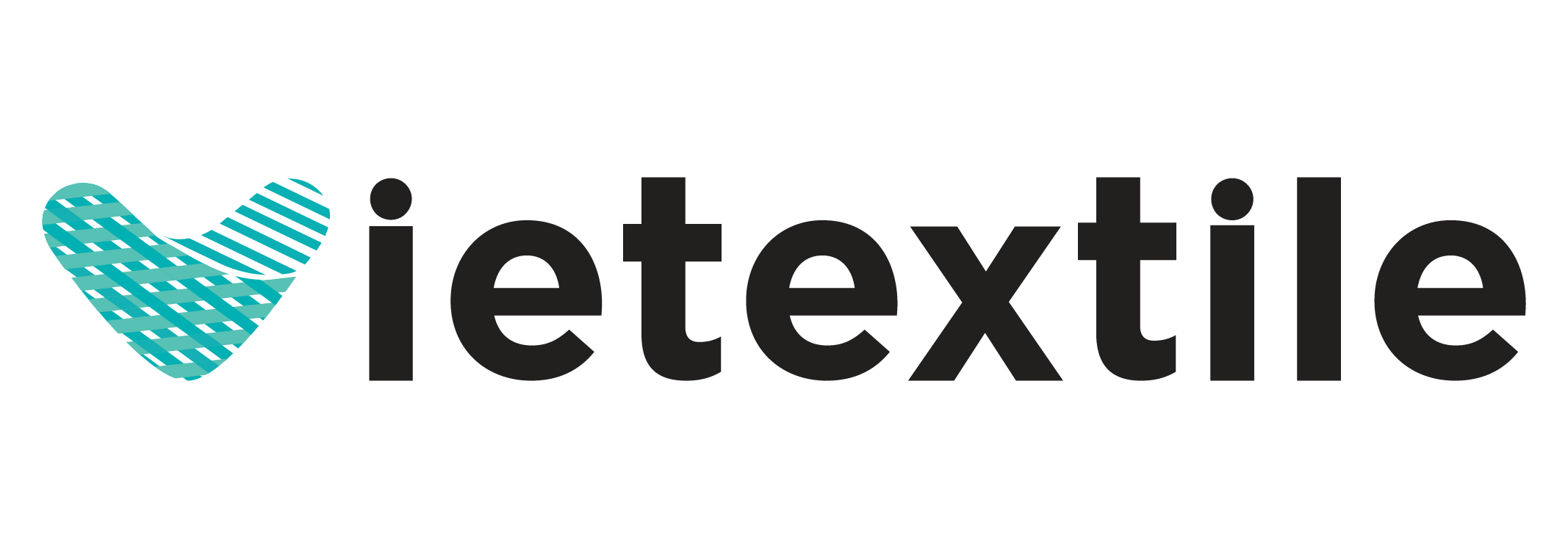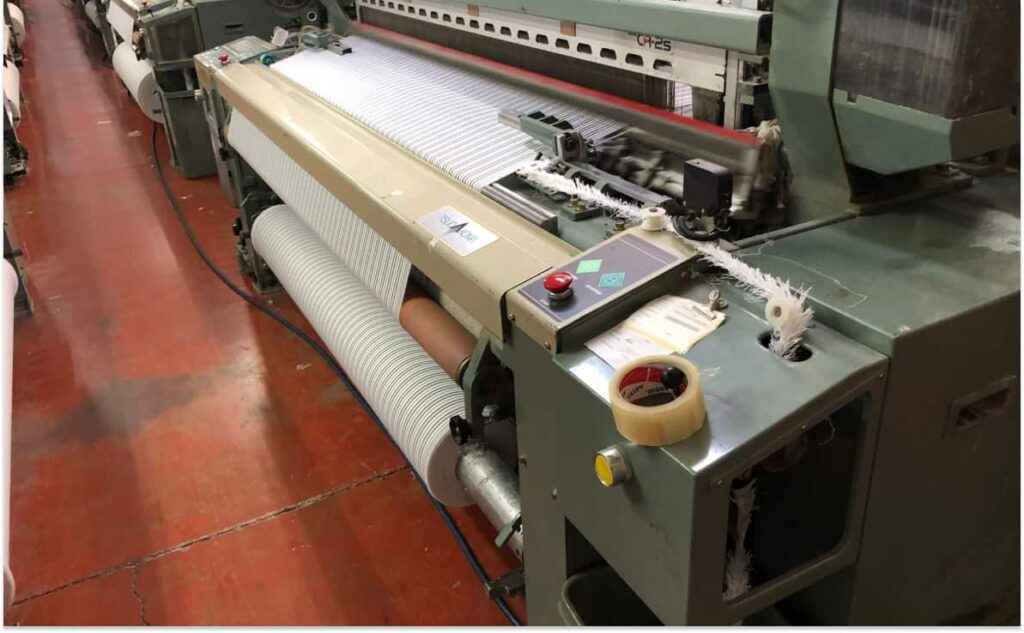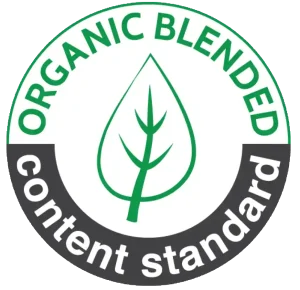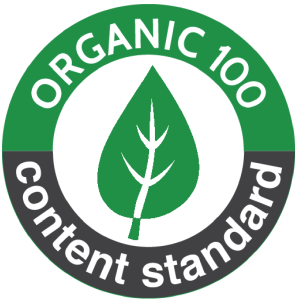In the modern textile industry, the decision regarding spare parts procurement is always a conflict between initial cost and long-term performance. OEM (Original Equipment Manufacturer) parts are generally priced significantly higher than Aftermarket parts, but choosing based solely on the cheapest price can lead to severe consequences: poor fabric quality, increased unplanned downtime, and repetitive repair costs.
The effective strategy is not to cut the purchase price of spare parts, but to manage the Total Cost of Ownership (TCO). This article will deeply analyze OEM Parts Cost Comparison, helping managers make smart decisions that ensure optimal performance while keeping the budget in check.
Weaving looms, whether Airjet or Waterjet technology, are massive capital investments, and their profitability hinges on stable and fast operation. Every minute of machine downtime represents a lost opportunity cost. Therefore, replacing a spare part is not just a transaction; it’s a strategic decision.
Many factories make the mistake of only focusing on OEM Parts Cost Comparison with the sale price of Aftermarket goods. OEM parts are manufactured with the highest material standards, extremely tight tolerances, and are designed to work in perfect synchronization with the original machinery. Substandard parts, although initially 50% to 70% cheaper, carry the risk of damaging related components, reducing weaving speed, increasing the defect rate, and shortening maintenance cycles.
The goal of this document is to provide a comprehensive view of TCO. We will not merely use OEM Parts Cost Comparison based on the list price, but we will also analyze hidden costs such as labor costs, energy costs, and fabric quality costs, thereby presenting a smart parts selection strategy that helps your factory achieve the goal of “Cutting costs without compromising performance.”

1. Analyzing the Price Difference: OEM Parts Cost Comparison and Aftermarket
Nội dung tóm tắt
ToggleUnderstanding the nature of the price difference is the first step in cost management.
1.1. OEM (Original Equipment Manufacturer): The Commitment to Quality
OEM parts are manufactured by the loom company itself (such as Toyota, Tsudakoma, Dornier) or by authorized producers.
- Characteristics: High-grade materials, 100% tolerance adherence to original design standards, and rigorous testing.
- High Price Factors:
- Research & Development (R&D): Costs for developing and testing functionality.
- Warranty & Support: Price includes warranty costs and exclusive technical services.
- Material Quality: Use of specialized alloys, high heat, and friction-resistant polymers.
- Example: A Waterjet nozzle made of anti-erosion Ceramic might cost up to 5 times more than an Aftermarket equivalent.
1.2. Aftermarket (Replacement Parts): Hidden Risks
Aftermarket parts are manufactured by independent companies.
- Characteristics: Cheap price, easy to source, but material quality and tolerance are often not guaranteed.
- Risks:
- Poor Material: Metals wear quickly, seals and packings harden easily.
- Inaccurate Tolerance: Small deviations can cause vibration, noise, and damage to mating components.
- Consequence: After performing OEM Parts Cost Comparison and opting for the cheaper item, you may have to replace it 3-4 times more frequently.
2. Analyzing Total Cost of Ownership (TCO) – More Important Than Initial Cost
TCO is the sum of all costs associated with owning, operating, and maintaining a component throughout its lifespan.
2.1. Unplanned Downtime Cost
This is the largest hidden cost and is often overlooked when performing OEM Parts Cost Comparison against Aftermarket alternatives.
- Cause: Aftermarket components fail earlier than expected. Example: A Solenoid valve jams, or a cutter blade breaks.
- Formula: Downtime Cost = (Lost Revenue/Hour) \ (Downtime Duration).
- Impact: One minute of downtime for a high-speed loom can cost hundreds to millions of VND in lost revenue, not to mention the cost of restart and fault handling.
2.2. Fabric Quality Cost
Substandard parts directly reduce product quality.
- Worn Airjet Nozzles: Cause unstable airflow, leading to weft yarn breaks, mispicks, or tension marks.
- Poor Waterjet Pump Seals: Cause pressure fluctuations, creating horizontal streaks (Barre) or Water Streaks on the fabric.
- Consequence: Increases the proportion of Grade B or C fabric, or forces discounted sales, resulting in revenue loss. This cost can far outweigh the price difference when performing OEM Parts Cost Comparison.
2.3. Labor and Maintenance Frequency Cost
- Aftermarket Components: Due to shorter lifespan, they require more frequent replacement.
- Increased Costs: Higher labor costs (technicians, maintenance staff) for unnecessary replacements. Furthermore, replacing poor-quality parts may require more time for fine-tuning to return the machine to normal operation.
3. Quantitative Analysis: The Economic Benefit of Standard OEM Parts
We will use a specific example to quantify the benefits of considering TCO, rather than simply focusing on OEM Parts Cost Comparison.
3.1. Case Study 1: Toyota Airjet Loom Nozzle
| Metric | OEM Part | Aftermarket Part |
| Initial Purchase Price (A) | 100 USD | 30 USD |
| Average Lifespan (B) | 12,000 hours | 4,000 hours |
| Replacements in 12,000 hours | 1 time | 3 times |
| Total Purchase Cost (A \times Replacements) | 100 USD | 90 USD |
| Downtime per Replacement | 2 hours | 3 hours (due to difficult adjustment) |
| Downtime Cost (Loss \500/hour) | 1,000 USD | 1,500 USD |
| Defect/Off-Grade Fabric Cost (Estimated) | 500 USD | 2,500 USD |
| Total TCO (for 12,000 hours) | 1,600 USD | 4,090 USD |
Conclusion: Although the Aftermarket purchase price is 70% cheaper, the final TCO is 2.5 times higher than the OEM part. This proves that initial OEM Parts Cost Comparison is insufficient.
3.2. Case Study 2: High-Pressure Pump Seal Kit for Tsudakoma Waterjet Loom
| Metric | OEM Part | Aftermarket Part |
| Initial Purchase Price (A) | 800 USD | 250 USD |
| Average Lifespan (B) | 6,000 hours | 2,000 hours |
| Piston Damage Risk | Low (1%) | High (15%) |
| Catastrophic Repair Cost (Piston Failure) | 0 USD (in 6,000 hours) | (15% \1,500 USD) = 225 USD (Expected) |
| Total TCO (Including risk) | 800 USD | 475 USD + 225 USD + Downtime Cost |
OEM Parts Cost Comparison shows that the risk of Piston damage due to poor-quality seals is an extremely large potential cost.
4. Strategy for Choosing Standard OEM Parts to Optimize Costs
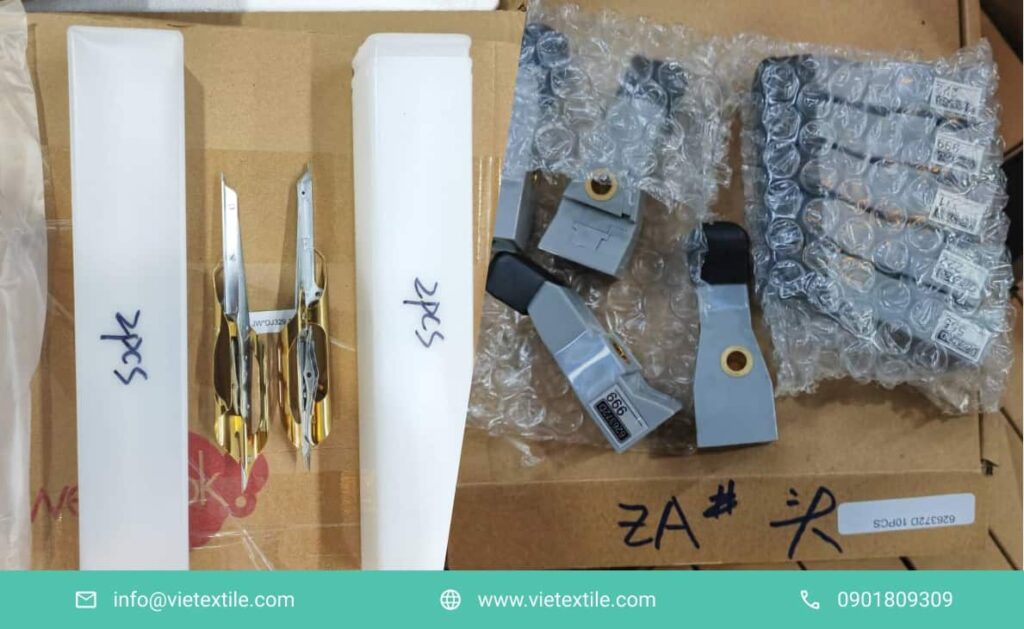
To reduce costs while ensuring performance, factories must apply a selection strategy based on the risk level and importance of the components.
4.1. Component Classification by Importance (ABC Analysis)
This strategy helps determine when to prioritize OEM parts.
- Grade A (Critical – OEM Mandatory): Components that cause catastrophic downtime, directly affect weaving quality, and have no quick replacement solution.
- Examples: High-Pressure Pump, Piston, Nozzles, Timing Solenoid Valves, Main Control PCB.
- Principle: Always base the choice on OEM Parts Cost Comparison to select OEM. The initial cost is high but the TCO is the lowest.
- Grade B (Necessary – Consideration): Worn components that are easy to replace but require precision.
- Examples: Weft Cutter Blades, Heddles, various Belts.
- Principle: Can consider Aftermarket parts from trusted suppliers, but must strictly check quality and tolerance.
- Grade C (Non-Critical – Aftermarket Acceptable): Details that do not affect weaving quality and machine speed.
- Examples: Protective covers, handles, basic screws, protective shields.
- Principle: Choose Aftermarket if the material quality is equivalent.
4.2. Optimal OEM Spare Parts Stocking Technique
Stocking OEM spare parts helps avoid being forced to buy Aftermarket parts in an emergency.
- Safety Stock: Calculate and maintain a safe stock level for Grade A and B components, ensuring enough supply during the Lead Time.
- Batch Purchasing: Perform OEM Parts Cost Comparison on large orders to receive discounts from the supplier, reducing the initial cost while maintaining quality.
- Replacement Planning: Schedule Preventive Maintenance for OEM components based on machine running hours (e.g., replace nozzles after 12,000 hours), helping to avoid sudden downtime and optimize component lifespan.
5. In-Depth Material Analysis – The Key to the Price Difference
The price difference, when performing OEM Parts Cost Comparison, primarily stems from the materials used.
5.1. Durable Materials in Airjet Environment (Friction and Heat)
- Heddles and Reed: OEM uses special Stainless Steel with higher hardness and a smoother surface. Aftermarket parts may use common steel, which is prone to corrosion, rust, and creating high friction, increasing warp yarn breaks.
- Bearings: OEM uses P5 or P4 precision ratings, lubricated with high-lifespan specialty grease. Poor-quality Aftermarket bearings are easily overheated, causing vibration and premature failure of the transmission shaft.
5.2. Hydraulic-Resistant Materials in Waterjet Environment (Pressure and Corrosion)
- Pump Seals/Packings: OEM parts use PTFE (Polytetrafluoroethylene) or special Polymer compounds that withstand pressures over 100 bar and resist swelling from water. Aftermarket parts often use standard rubber, which is easily compressed and prone to leakage after a few hundred hours of operation.
- Nozzle Surface: The contact surface of OEM nozzles is often coated with anti-wear materials like Ceramic or Sapphire to resist erosion from ultra-high water velocity. Poor-quality material will quickly deform, compromising the water stream.
6. Long-Term Impact of Poor Quality Parts on Asset Value
Failing to properly consider OEM Parts Cost Comparison and choosing cheap parts also affects the loom’s resale value.
6.1. Domino Effect of Failure
A faulty Aftermarket component can cause widespread damage:
- Example: A failed Aftermarket bearing causes vibration. This vibration damages expensive optical sensors or misaligns the main shaft, leading to repair costs many times higher than the money saved by buying a cheap bearing.
- Consequence: Reduces the overall lifespan of the machine, requiring major overhaul sooner than expected.
6.2. Reduced Resale Value
When selling used looms, buyers always check the maintenance history and the replaced components.
A machine with a documented history of maintenance using OEM spare parts consistently commands a resale price 10\% to 20\% higher than a machine that uses many unknown Aftermarket parts. Key components like PCBs, Motors, and Pumps, if OEM, are highly valued.
7. VieTextile: Your Strategic Partner for OEM Parts Cost Consulting
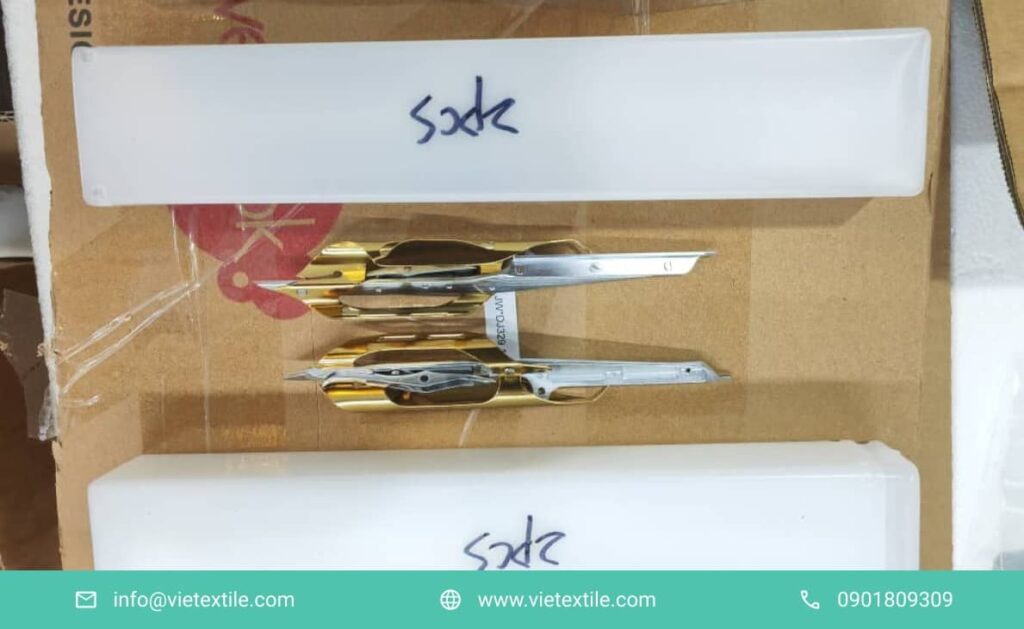
VieTextile is not just a supplier, but a strategic partner helping you optimize costs when using OEM Parts Cost Comparison and making smart procurement decisions.
7.1. Expertise in TCO Analysis
We support your factory in:
- Weft Break Cost Analysis: Accurately calculate the cost of loss due to increased weft break rates when using poor-quality parts.
- Risk Modeling: Identify the risk of cascading failure and calculate the potential cost of Grade A components.
- Material Selection Consulting: Advise on the most suitable materials for your current yarn type and weaving speed.
7.2. Supplying Standard OEM Parts and Economical Replacement Solutions
We supply a full range of OEM components for major loom brands (Toyota, Tsudakoma), guaranteeing origin and quality. In cases where cost reduction is needed for Grade B components, VieTextile advises on high-quality replacement parts (often referred to as OEM-equivalent) from certified manufacturers, helping save initial costs while maintaining strict tolerances.
8. Frequently Asked Questions about OEM Parts Cost Comparison (FAQ)
This section addresses specialized questions related to the spare parts cost strategy.
8.1. How can I differentiate between genuine OEM parts and counterfeit OEM-lookalikes? Answer: Genuine OEM parts always have the packaging and labels of the loom manufacturer (e.g., Toyota or Tsudakoma logo), along with the clear Part Number and Certificate of Origin (CO). During OEM Parts Cost Comparison, always request these documents from your supplier, like VieTextile.
8.2. Can Aftermarket parts be used for electronic components? Answer: Absolutely not. Electronic components (PCBs, Sensors, Encoders) demand high precision in signal and voltage. Using Aftermarket parts can cause permanent damage to the central control system (Controller), skyrocketing repair costs far beyond the initial cost savings considered in OEM Parts Cost Comparison.
8.3. What is “Tolerance” and why is it important when performing OEM Parts Cost Comparison? Answer: Tolerance is the allowed limit of size and shape variation of a component compared to the original design. OEM parts have extremely tight tolerances (e.g., 0.001 mm), ensuring perfect fitment. Aftermarket parts often have a larger tolerance, causing backlash, vibration, and increased friction during high-speed operation.
8.4. Does stocking OEM parts increase inventory costs? Answer: Yes, but Inventory Cost is always much lower than the Unplanned Downtime Cost. The strategy is to stock Critical (Grade A) loom components and optimize the stock quantity for Grade B components, helping balance inventory costs and operational risk.
8.5. How does VieTextile apply the OEM parts cost comparison strategy? Answer: We perform a TCO analysis for each component group based on the customer’s machine performance data (running hours, weft break rate) to advise on a preventive purchasing strategy, helping customers realize that investing in OEM parts is truly the most economical long-term solution.
Don’t let the initial purchase price overshadow the long-term economic benefits of OEM quality. Smart decision-making starts with a comprehensive OEM Parts Cost Comparison, based on Total Cost of Ownership (TCO).
Let VieTextile be your strategic partner to optimize performance and profit. Contact us now for expert consulting on OEM parts and to build the most effective spare parts cost management strategy!
Contact Information:
Hotline: 0901 809 309
Email: info@vietextile.com
Website: https://vietextile.com
